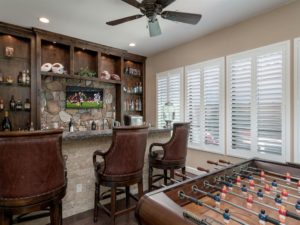 By Joe Szabo, Scottsdale Real Estate Team
Most people think their real estate concerns end once they’ve closed on and moved into their new homes. But given the constant access to information and the changing nature of society today, smart homeowners know that their real estate awareness should continue after the closing.
When a neighbor’s house goes on the market, there can be some important implications for you. Here are some tips for staying real estate aware.
By Joe Szabo, Scottsdale Real Estate Team
Most people think their real estate concerns end once they’ve closed on and moved into their new homes. But given the constant access to information and the changing nature of society today, smart homeowners know that their real estate awareness should continue after the closing.
When a neighbor’s house goes on the market, there can be some important implications for you. Here are some tips for staying real estate aware.
3 Things to Do When Your Neighbors List Their Home for Sale By Joe Szabo, Scottsdale Real Estate Team
 By Joe Szabo, Scottsdale Real Estate Team
Most people think their real estate concerns end once they’ve closed on and moved into their new homes. But given the constant access to information and the changing nature of society today, smart homeowners know that their real estate awareness should continue after the closing.
When a neighbor’s house goes on the market, there can be some important implications for you. Here are some tips for staying real estate aware.
By Joe Szabo, Scottsdale Real Estate Team
Most people think their real estate concerns end once they’ve closed on and moved into their new homes. But given the constant access to information and the changing nature of society today, smart homeowners know that their real estate awareness should continue after the closing.
When a neighbor’s house goes on the market, there can be some important implications for you. Here are some tips for staying real estate aware.

 By
By  By
By  By
By  By
By 
 By
By 
 By
By  By
By 

